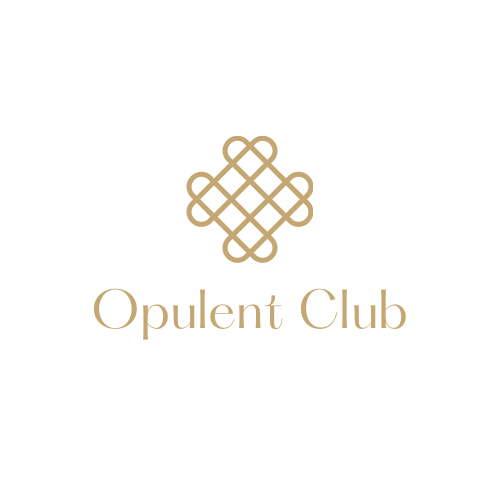To a degree, some methods for creating work, such as employing intuition, are shared across the disciplines within the applied arts and fine art. Mark Getlein, writer, suggests the principles of design are almost instinctive, built-in, natural, and part of our sense of rightness. However, the intended application and context of works will vary greatly.
This is not to say that production never involves problem-solving or creativity, nor that design always involves creativity. Designs are rarely perfect and are sometimes repetitive. The imperfection of a design may task a production position (e.g. production artist, construction worker) with utilizing creativity or problem-solving skills to compensate for what was overlooked in the design process. Likewise, a design may be a simple repetition of a known preexisting solution, requiring minimal, if any, creativity or problem-solving skills from the designer.
Process design is to the planning of routine steps of a process aside from the expected result. Processes (in general) are treated as a product of design, not the method of design. The term originated with the industrial designing of chemical processes. With the increasing complexities of the information age, consultants and executives have found.
In the reflection-in-action paradigm, designers alternate between “framing”, “making moves”, and “evaluating moves”. “Framing” refers to conceptualizing the problem, i.e., defining goals and objectives. A “move” is a tentative design decision. The evaluation process may lead to further moves in the design.
In the sensemaking–coevolution–implementation framework, designers alternate between its three titular activities. Sensemaking includes both framing and evaluating moves. Implementation is the process of constructing the design object. Coevolution is “the process where the design agent simultaneously refines its mental picture of the design object based on its mental picture of the context, and vice versa”.
The concept of the design cycle is understood as a circular time structure,
A design approach is a general philosophy that may or may not include a guide for specific methods. Some are to guide the overall goal of the design. Other approaches are to guide the tendencies of the designer.
Today, the term design is generally used for what was formerly called the applied arts. The new term, for a very old thing, was perhaps initiated by Raymond Loewy and teachings at the Bauhaus and Ulm School of Design (HfG Ulm) in Germany during the 20th century.

The boundaries between art and design are blurred, largely due to a range of applications both for the term ‘art’ and the term ‘design’. Applied arts can include industrial design, graphic design, fashion design, and the decorative arts which traditionally includes craft objects. In graphic arts (2D image making that ranges from photography to illustration), the distinction is often made between fine art and commercial art, based on the context within which the work is produced and how it is traded.


